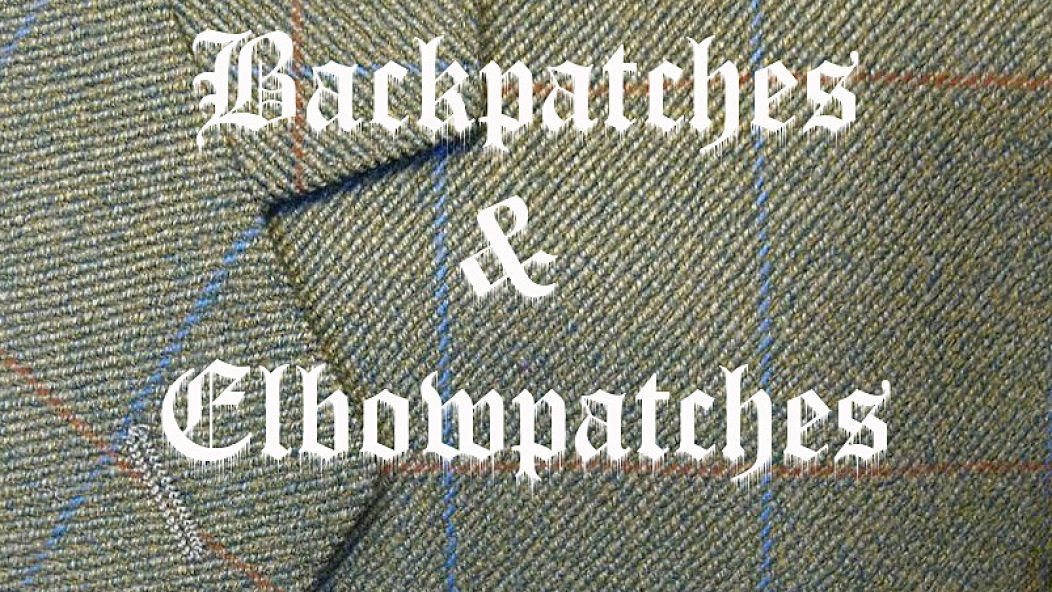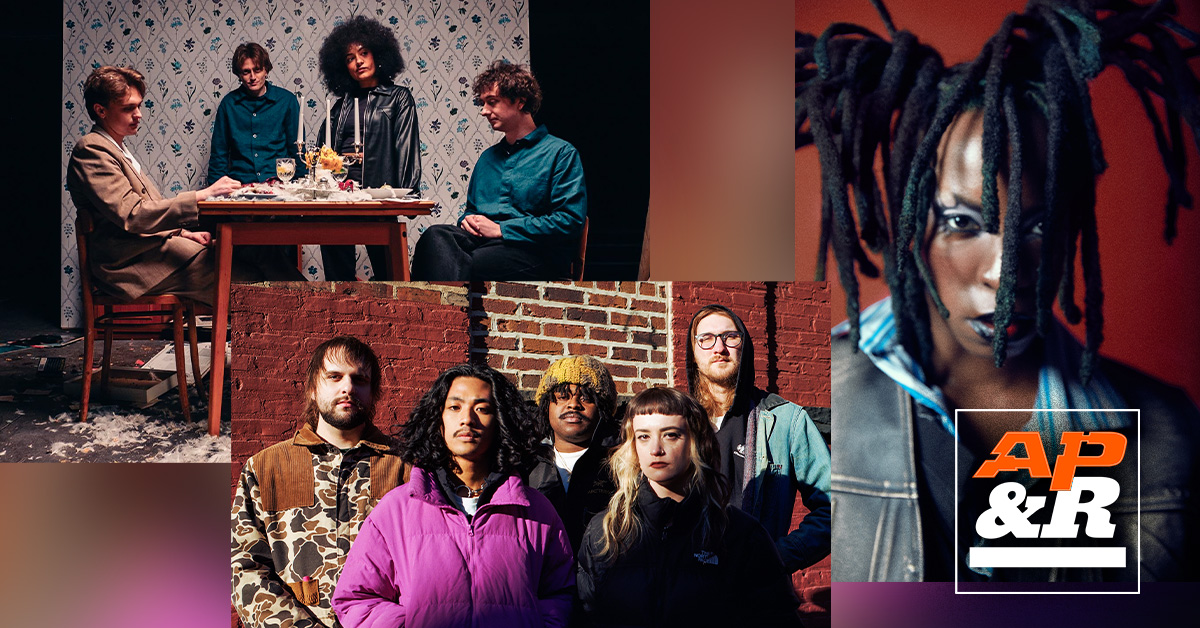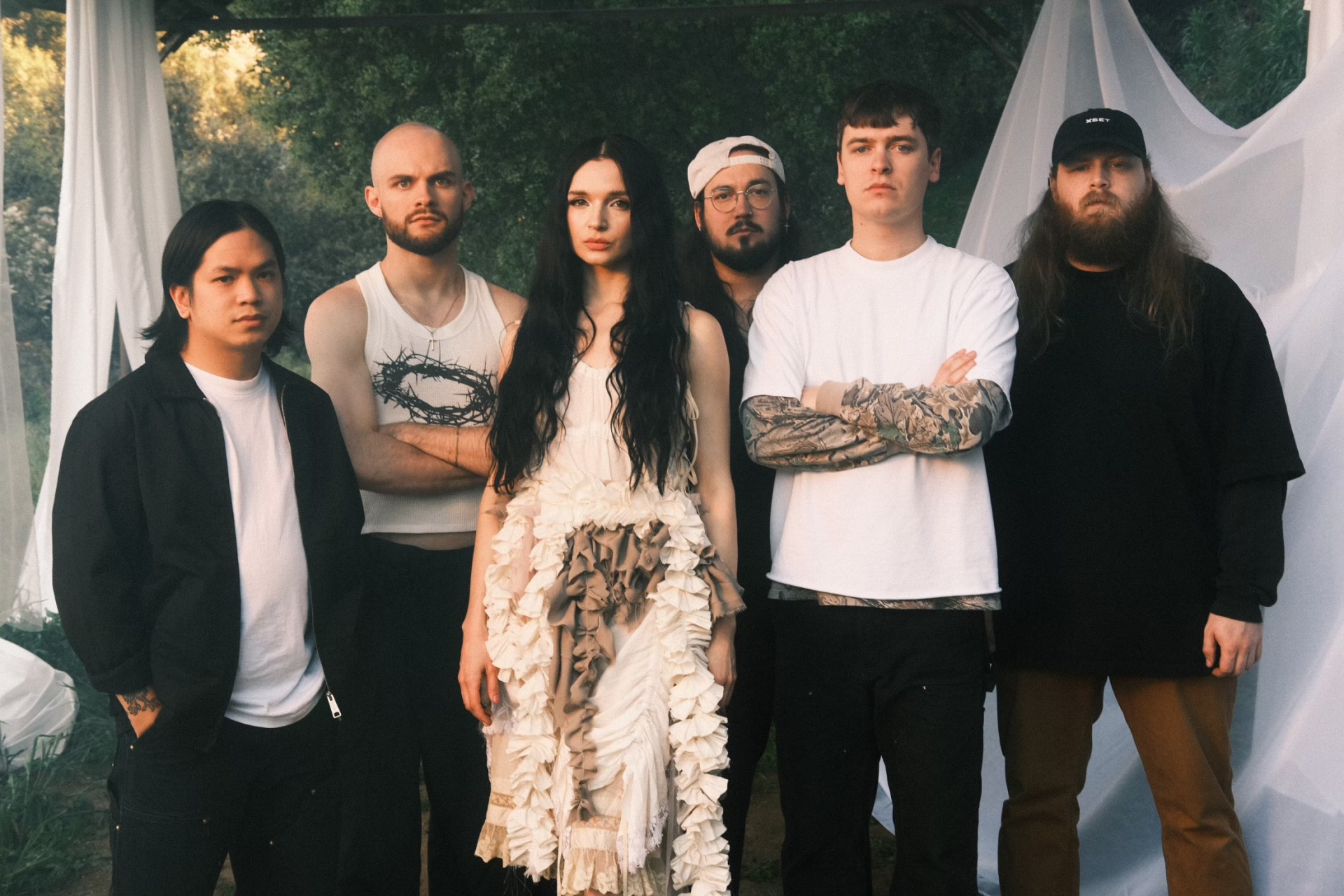
Backpatches & Elbowpatches #9: Medievalism and Heavy Metal
This particular entry is coming in that special part of the semester where it begins to feel like the wheels are starting to come loose and it starts to become evident that significant parts of one’s academic vehicle are held together with duct tape and bubble gum. I wonder whether I’m alone in this…possibly, but I get the sense from my colleagues that it’s unlikely. In any case, this is my excuse for writing on a subject that I have published on a bit and which I am actively prepping for a class next semester: Medievalism.
So I ask myself: how many unladen swallows can be killed with one stone?
Yet I probably haven’t done myself that much of a favor at all, because medievalism is a thorny and tangled subject that echoes well beyond music into art, literature, religion, and politics. The essence of it involves the revival and reuse of medieval materials, imagery, or concepts in later times, and as you can imagine this core notion spins out in many different directions. There’s the side to it that is concerned mostly with creative reenactment, whether through the Society for Creative Anachronism, European medieval or Viking markets, Medieval Times restaurants, and armored combat leagues. Historical accuracy is valued up to a point, but there’s usually a clear sense of self-awareness at work. Literature, film, board games, and video games have likewise found an incredibly productive well of material in the medieval period, dating back at least to the Enlightenment in the 18th century and becoming particularly popular among the Romantics in the 19th century. Beyond the creative arts though, medievalism has also long been a major animating force behind political movements and concepts of cultural and national identity, with far-reaching and destructive results.
Medieval Europe is often imagined as a place of cultural and ethnic homogeneity and stability, a prelapsarian paradise that was subsequently corrupted by modernity and multiculturalism. Indeed, this stripe of medievalism formed a lasting core ingredient of Nazism and other fascist ideologies. In particular, the decades since 9/11 have seen various neofascist and white supremacist movements regularly reference the Crusades in both their discourse and their imagery, conceptions that movements like al Qaeda and ISIS (also medievalist in their own way) are often more than happy to encourage. Crusade imagery was rampant at Charlottesville in 2017 and is referenced throughout Anders Breivik’s manifesto, and it’s not for nothing that the Ku Klux Klan refer to themselves as “Knights.” The medieval period is also regularly called upon by proponents of chauvinistic patriarchy and Christian dominionism, and perhaps somewhat paradoxically also by those who similarly argue for “tradition” from a neo-pagan or heathen perspective.1 All this at the same time as medievalism also lies at the core of beloved movies like The Princess Bride and Monty Python and the Holy Grail.
And this is only within the world of what we might term “Euro-medievalism;” myriad other historical and current manifestations exist in other parts of the world as well. Ultimately, the thing that makes medievalism so slippery and protean is the fact that it basically manifests the line from True Detective that “time is a flat circle.” While the medieval period isn’t quite a blank slate, those of us living in later periods have regularly used it as a backstop of sorts for our uniquely modern anxieties, fantasies, and nostalgias, with widely divergent and contradictory results. The medieval period is imagined as a time of brutal violence, plagues, tortures, and Inquisitions, while also being bucolic and simple, chivalrous, and placidly spiritual. It was simultaneously chaste and virginal while also being awfully bawdy and horny. Essentially, the medieval period can play almost any rhetorical role you need, even if you’re just building on someone else’s earlier medievalisms. This chameleonic quality makes sense given that the European medieval period encompasses a time span of nearly 1000 years across an entire continent (and then some), but it’s perhaps even built into the word “medieval” itself, which just refers to the fact that it’s in the “middle,” between the Roman Empire and the Renaissance. The period arguably has no positive definition of its own.
Clearly, this is more than I could ever hope to manage here, so I’m going to quickly point to a couple of useful starting points. Whose Middle Ages?: Teachable Moments for an Ill-Used Past (2019), edited largely by members of Fordham University’s Center for Medieval Studies, provides a number of short chapters on numerous issues and misconceptions along with excellent suggestions for further reading. On the musical and more metal-oriented side, I have to take the rather gauche route of recommending my own volume Medievalism and Metal Music Studies, co-edited with Ruth Barratt-Peacock, and the Oxford Handbook of Music and Medievalism, in which I have a chapter on gothic/doom metal alongside related chapters on Led Zeppelin, Viking metal, and neopagan folk music.
To my mind, medievalism is a crucial lens for understanding metal music and metal cultures in both broad and specific ways. For all the complexities and contradictions about medievalism listed above, perhaps its most basic role is to act as a fantasy refuge from whatever might be dissatisfying about one’s present time and place. Metal music often scratches a similar itch for “elsewheres,” whether it’s inviting listeners to imagine fighting dragons, exploring outer space, riding with a biker gang, or getting eaten by zombies. But in more specific ways, I think it’s useful to think of heavy metal as a musical component within a larger medievalist multimedia movement that developed in the aftermath of the 60s counterculture (which was itself an argument for alternatives to the current status quo). The fantasy “medieval” world of The Lord of the Rings has been with metal since the beginning, and the connections have only grown stronger through decades of subsequent sword-and-sorcery books and films, role-playing games like Dungeons and Dragons, and numerous video games from Gauntlet to Skyrim. As with other medievalist products, historical or material accuracy is rarely of much concern in medievalist metal; the main point is that it somehow conveys “medieval-ness” through its music or visual presentation.
From a musical standpoint, metal bands who want to sound “medieval” typically reference fantasy film scores or dungeon-crawl video game music rather than actual medieval musical styles, which honestly don’t usually interface that well with metal. Even Obsequiae has to come at it from a slightly oblique angle, adapting broader compositional concepts rather than trying to shoehorn more specific medieval ideals of rhythm, melody, and harmony into a metal context. In dodgier corners of the metal world, the chauvinistic conceptions of the medieval period promoted by fascist and nationalist movements obviously also drive the music and imagery of bands who run in those circles. While metal undoubtedly has its own unique place within the worlds of musical medievalisms, situating it with its fellows in other media puts metal in conversation with a wide swath of cultural movements and products and perhaps helps to explain a little about its position within the various Venn diagrams of media fandom.
…
1 It is well beyond this column, but it’s worth noting that the academic field of Medieval Studies itself has also struggled with these issues internally in recent years. The website Medievalists of Color has a number of resources addressing ethnocentrism, racism, and other bigotries within the field.
…
Ross Hagen is a musicologist at Utah Valley University and is the author of A Blaze in the Northern Sky from the 33.3 series. Fun. Core. Mosh. Trends.
Graphic used under creative commons.
https://commons.wikimedia.org/wiki/File:Dormeuil_fabric_on_jacket.jpg
Toxophilus, CC BY-SA 4.0










